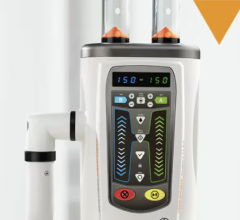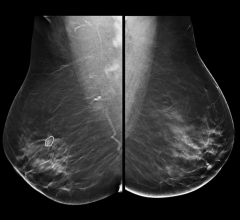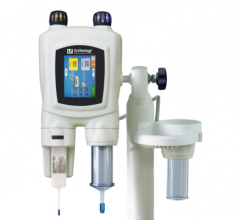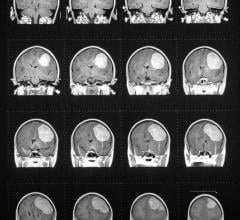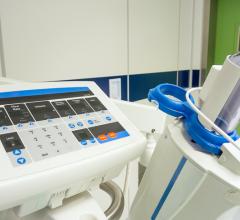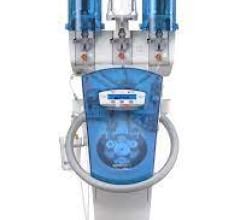October 24, 2007 — Study results presented this week at the Transcatheter Cardiovascular Therapeutic (TCT) annual meeting in Washington D.C., demonstrated that the use of GE's isosmolar contrast medium Visipaque (iodixanol) resulted in a statistically significantly lower rate of contrast-induced nephropathy (CIN) than the low osmolar nonionic contrast agent ioversol, according to the company.
The study was conducted in 250 patients with diabetes who underwent either coronary angiography to determine if there was disease in the arteries, or percutaneous coronary intervention to improve circulation of diseased arteries that supply blood to the heart muscle.
The authors reported the use of the isosmolar contrast medium Visipaque resulted in a statistically significantly lower rate of CIN at 72 hours following contrast medium administration when compared with the low osmolar nonionic contrast agent ioversol (2.5% vs 8.3%; p = 0.047).
Study investigators also noted that in the group of patients at highest risk, those who underwent a percutaneous coronary intervention procedure and received higher amounts of a contrast medium, Visipaque use also resulted in significantly lower rate of CIN at 72 hours than ioversol (2% vs 13.5%; p = 0.02).
For more information: www.gehealthcare.com


 November 26, 2025
November 26, 2025 

